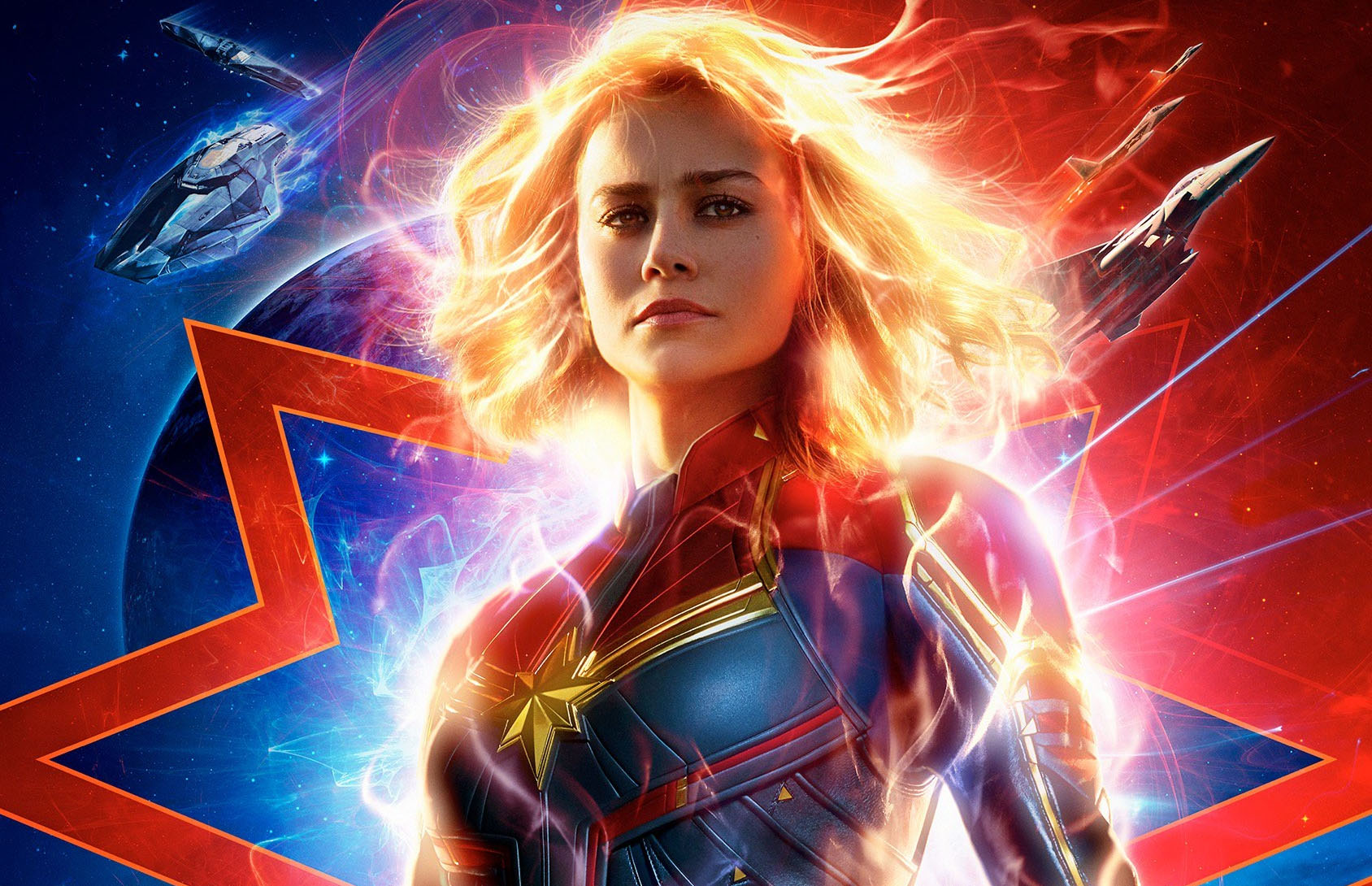The Hero’s Journey is over-hyped, largely because so many people using it really just mean, “I watched Star Wars once and i thought it was pretty dope.” And also because it’s an example of people using a critical apparatus designed to analyze content as a tool to create content, and the result of that is usually poor and often results in cookie-cutter narratives.
But the Hero’s Journey is more than “I watched Star Wars once and I thought it was pretty dope,” and it’s worth checking out Campbell’s original writing on the subject. Campbell’s treatment is very complex and made up of many modular parts that can be slotted into the macro-structure of Departure-Initiation-Return.
Which brings us to Captain Marvel.
The story in Captain Marvel does fall into the basic pattern of the Hero’s Journey. But it’s a really cool example of it because the non-linear presentation of that story deliberately obscures the Hero’s Journey, and then unifies its revelation to the audience with the hero’s revelation of self, thus narratively unifying both Crossings of the Threshold.
Let me unpack that.
The opening beats of the Hero’s Journey are the Departure:
The Call to Adventure, in which Carol is transformed by the explosion: “The hero goes forward in his adventure until he comes to the ‘threshold guardian’ at the entrance to the zone of magnified power.” The threshold guardian in this case is Yon-Rogg. Carol defeats the guardian as trickster, outwitting him and targeting the power core instead of engaging in direct confrontation.
The Belly of the Whale, in which Carol is brainwashed by the Kree: The belly of the whale represents the separation of the hero’s known world and self. In this case, Carol literally leaves her entire world (and her entire self) behind.
(Note that the “Meeting the Mentor” beat sometimes found in the Departure is in, fact, absent from this particular Hero’s Journey because there is no Campbellian mentor figure in the story.)
I’m not going to analyze every step of the Hero’s Journey in the film, because the key point is what happens at the opposite end of the structure: The Hero gains the Ultimate Boon and then Returns to the World they left behind, Crossing the Return Threshold and becoming the Master of Two Worlds. My point is that these final beats and the Crossing of the Return Threshold are narratively unified to the original Crossing of the Threshold because the moment in which Carol crosses the threshold is revealed to us in this moment and it is, in fact, Carol recovering and, importantly, ACCEPTING and EMBRACING her memories that signifies the Crossing of the Return Threshold.
This is an incredibly clever and very intricate use of the Hero’s Journey, greatly intensifying its impact by folding it back on itself. You see the beginning and the end simultaneously, like an ouroborus wyrm swallowing its own tail.
But the film also does something else even more unusual and clever with the Hero’s Journey structure: The entire Kree psyops campaign targeting Carol is structured as a dark inversion of the Hero’s Journey. In this structure, the first meeting of the Supreme Intelligence is positioned as Meeting the Mentor. Being captured by the Skrulls is the primary guardian of the threshold, and the Earth is positioned as the “unknown and dangerous realm” in which Carol’s adventure takes place. At the end of the film, the Supreme Intelligence tries to position Carol’s refusal to come back to the Kree as a Refusal of the Return (another classic beat in the Hero’s Journey), with the implication being that she must claim the Ultimate Boon (of the tesseract) and Cross the Return Threshold by coming back to the Kree.
It’s only by rejecting this dark inversion of the Hero’s Journey that Carol can achieve her true apotheosis.












